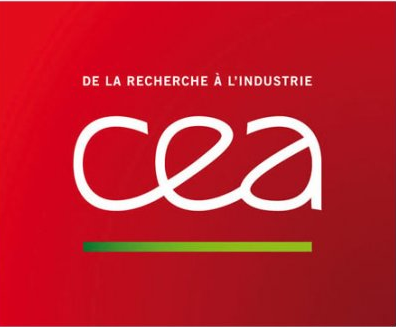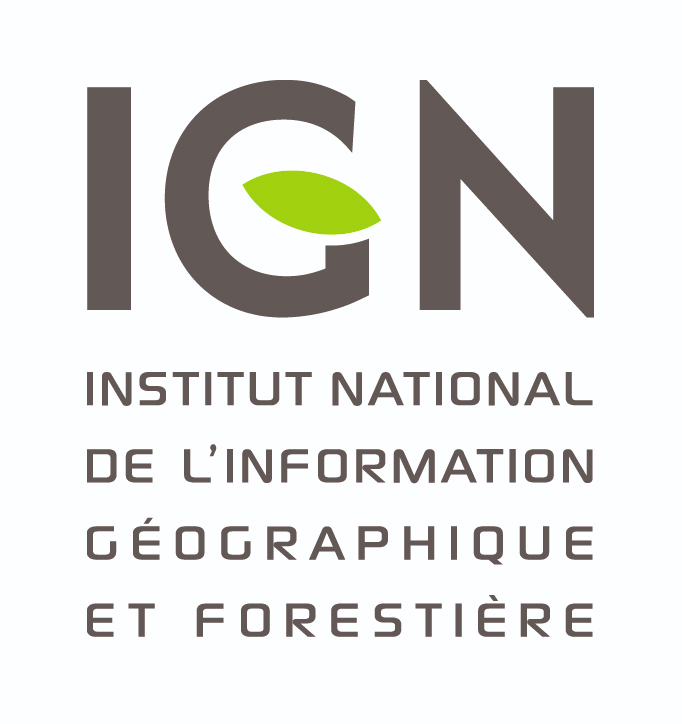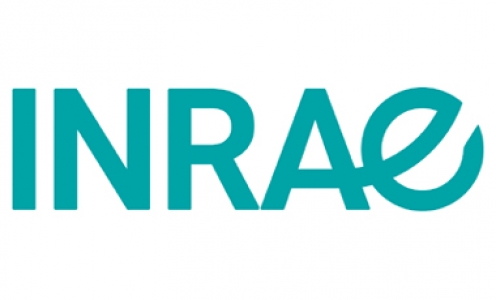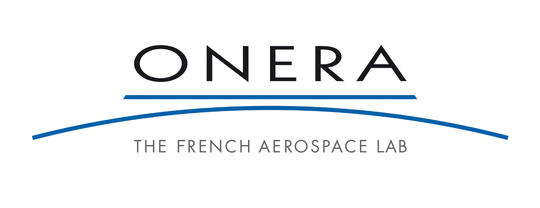TRISHNA: a Mission of High Scientific Value
The first meeting of the TRISHNA (Thermal infraRed Imaging Satellite for High-resolution Natural resource Assessment) Mission Group (MG) was held at CNES on 22 June 2020. It brought together nearly 60 researchers in Earth sciences, from many organizations including Cerema, CNRS, CNES, ESA, INRAe, IRD, OFB, Onera, Météo France, Ifremer, and several French and foreign universities.
An ambitious roadmap
The TRISHNA mission is a cooperation between the French (Cnes) and Indian (ISRO) space agencies. (Read Bulletin n°11) It is designed to measure at least three times a week the thermal infrared signal of the surface-atmosphere system over the entire globe, at a resolution of 57m for the continents and the coastal ocean, and a resolution of 1,000m for the rest of the ocean surfaces. The scientific objectives that guided the mission specifications are the monitoring of the water status of continental ecosystems and the monitoring of coastal and continental waters. In addition to these design driver themes, other equally interesting themes are the study of Urban Environments, Cryosphere, Atmosphere and Solid Earth.
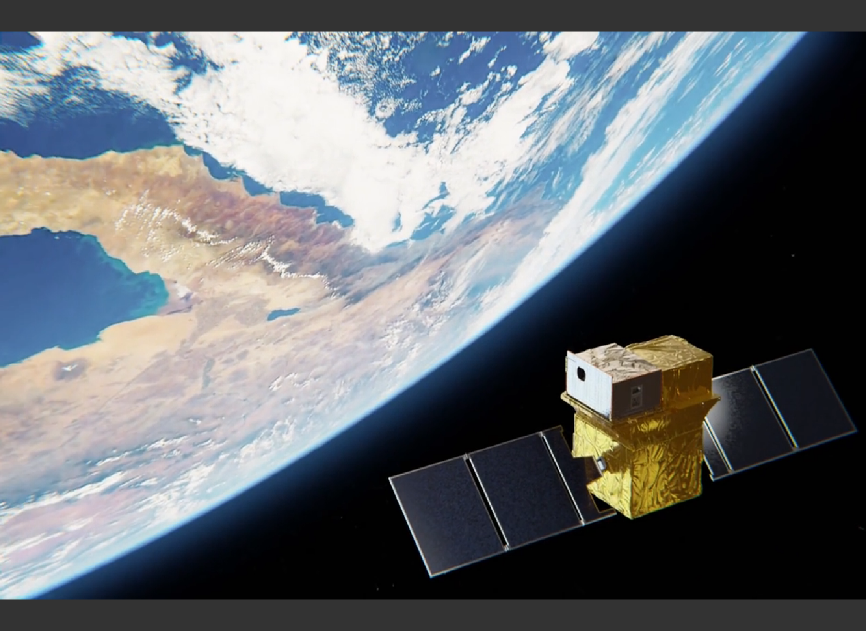
labo.obs-mip.fr/multitemp/trishna/
www.cesbio.cnrs.fr/la-recherche/activites/missions-spatiales/trishna/
On March 5, the CNES Council of Scientific Programs (CPS) confirmed TRISHNA’s high priority as a precursor to Copernicus Land Surface Temperature Monitoring (LSTM), thus endorsing the conclusions of the last Scientific Prospective Seminar based on the recommendations of the Continental Surfaces scientific community. Based on this advice from the CPS, the CNES Board of Directors, scheduled for the following day, decided on the official start of the industrial phases leading to the launch of the satellite planned for 2024 on an Indian launch vehicle.
In this context, the TRISHNA MG met to draw up the roadmap for the mission’s preparatory programme between now and launch. After reviewing the scientific and programmatic news of the project, the group’s researchers reviewed the scientific issues related to each theme. Some themes such as urban and hydrology fields were also zoomed in on their downstream application dimensions. In addition to this theme, the transversal groups in charge of product development, calibration and validation presented their progress in understanding the main topics related to the physics of TRISHNA thermal measurements: temperature/emissivity separation, taking into account atmospheric and directional effects, and the high-frequency dynamics of surface temperatures.
Theia’s commitment
The arrival of TRISHNA in the programmatic landscape will certainly encourage the rise of Theia Surface Temperature & Emissivity SEC, which, in the same way as the Surface Reflectance SEC, could be useful for many thematic SECs such as evapotranspiration, urban, cryosphere, and useful for their support to the downstream sector, via the network of Theia Regional Animations (RANs).
Philippe Maisongrande (CNES, Program Manager),
Jean-Louis Roujean (PI), Philippe Gamet (Product Manager),
Corinne Salcedo (System Manager)
& Thierry Carlier (Project Manager)



